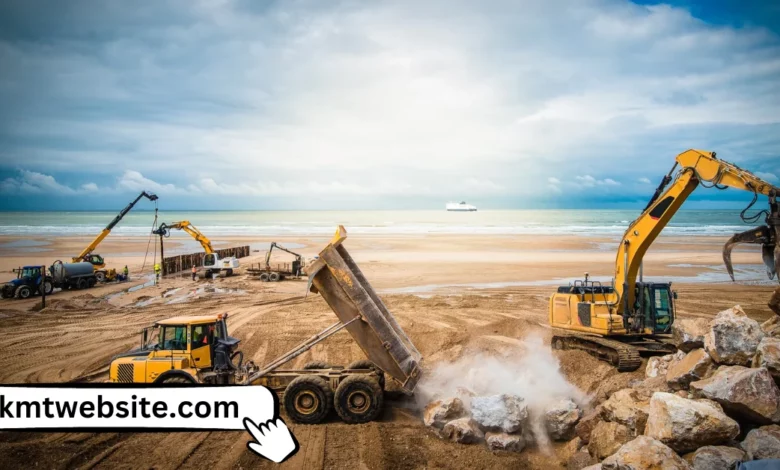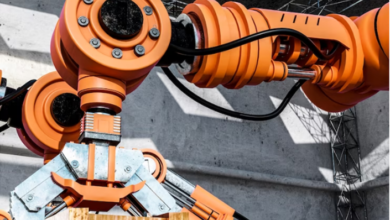8 Must Know Insights on Buying Parts for Heavy Equipment

Are you preparing for a major construction project?
It’s important to have the right construction equipment for the job. You’ll also need the right OEM parts to keep everything running properly. Buying parts for heavy equipment can be a complex process, but it’s essential to keep your machines running smoothly and efficiently. This article can help.
Here we look at a guide to some must-know insights to help guide you through the process. Keep reading to learn more.
1. Know Your Equipment
Before you start shopping for parts, make sure you know the make, model, and year of your heavy equipment. Having this information on hand will ensure that you buy the correct parts and avoid any costly mistakes.
2. Buy From a Reputable Supplier
Make sure to buy from a reputable supplier with a good track record of providing quality parts. Ask for references, check online reviews, and do your research before making a purchase.
3. OEM vs Aftermarket Parts
OEM (Original Equipment Manufacturer) parts are made by the manufacturer of your heavy equipment, while aftermarket parts are made by third-party companies. While OEM parts are generally more expensive, they are designed specifically for your equipment and can ensure optimal performance.
Aftermarket parts can be more affordable but may not always meet the same quality standards as OEM parts.
4. Consider the Environment
When purchasing parts, consider the environment in which your heavy equipment operates. If you’re working in harsh or extreme conditions, you may need to invest in parts that are specifically designed to withstand those conditions.
5. Don’t Skimp on Quality
While cost is an important factor to consider, it’s essential not to skimp on quality. Low-quality parts can cause damage to your equipment, leading to costly repairs down the line. Invest in high-quality parts that will ensure the longevity and efficiency of your heavy equipment.
6. Consider the Cost of Ownership
When choosing between OEM and aftermarket parts, consider the total cost of ownership, which includes the cost of the part, installation, and any potential maintenance or repair costs down the line.
Here’s a resource where you can find a concrete bucket for skid steer.
7. Look for Warranties
Make sure the parts you purchase come with a warranty or guarantee. This can provide added protection and peace of mind in case of any defects or issues with the part.
8. Plan for Downtime
Purchasing parts can take time, so make sure to plan for any necessary downtime while waiting for the parts to arrive. Consider having backup equipment or scheduling maintenance during a slow period to minimize any disruptions to your operations.
A Guide to Buying Parts for Heavy Equipment
Keeping your construction business profitable and running efficiently is a lot of work. Fortunately, this guide to buying parts for heavy equipment will help make your job a little easier.
Please continue exploring our blog to discover more articles featuring useful tips and advice.




